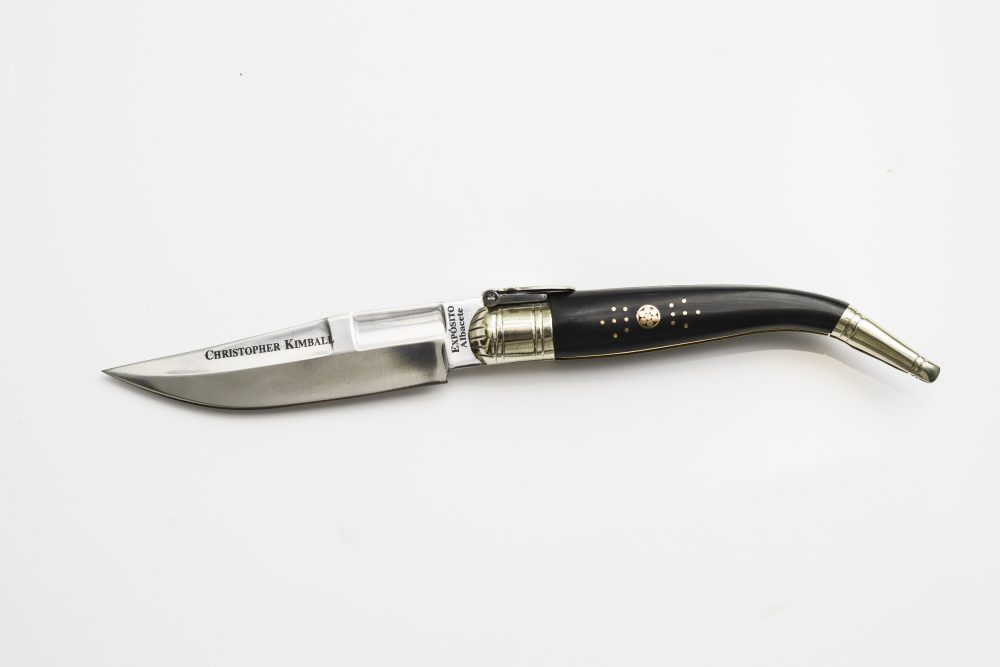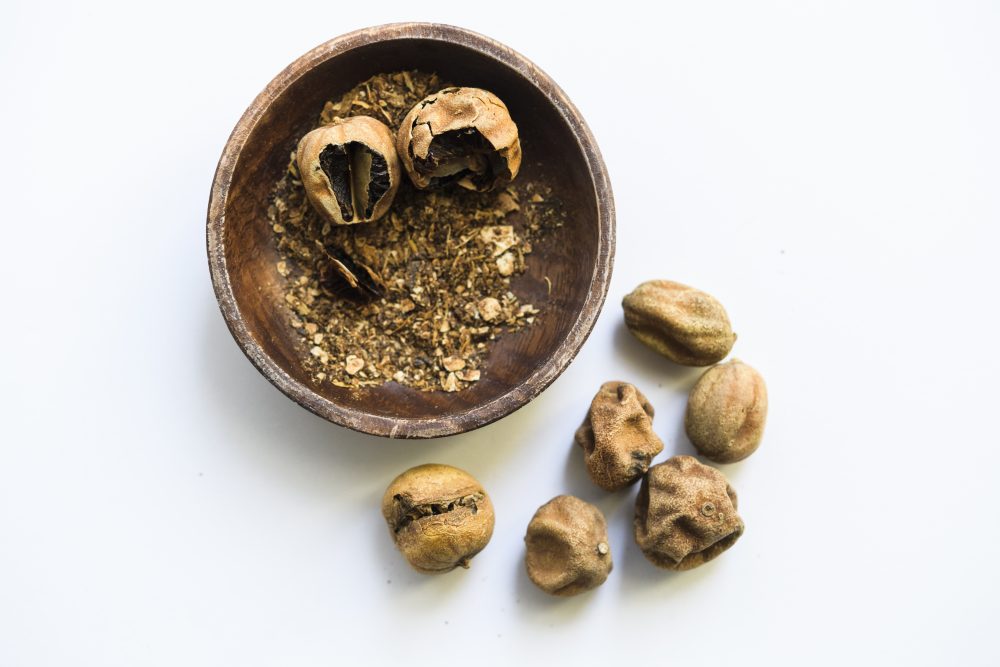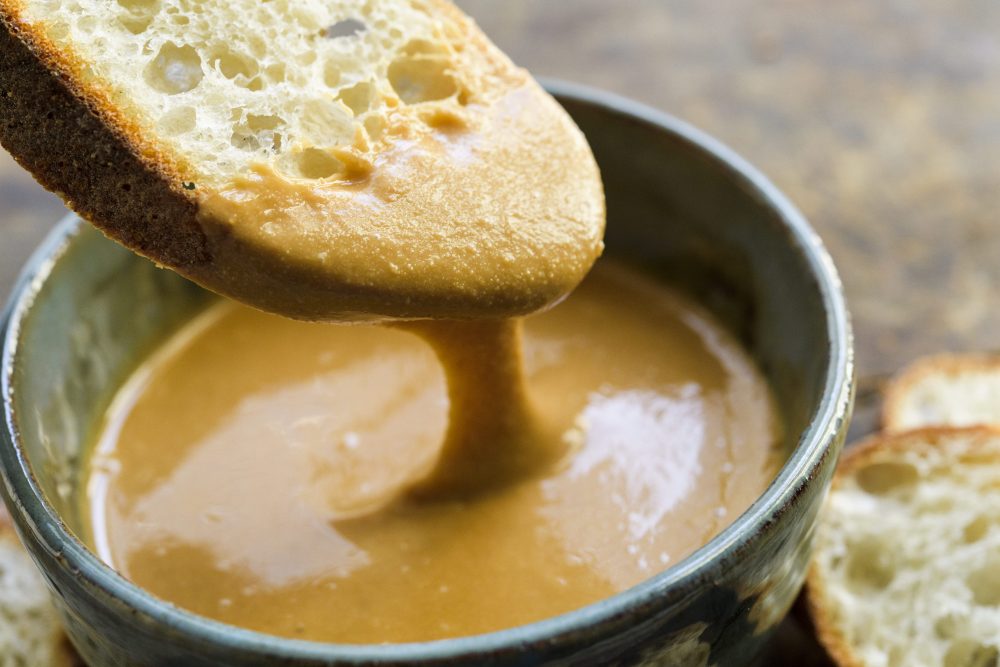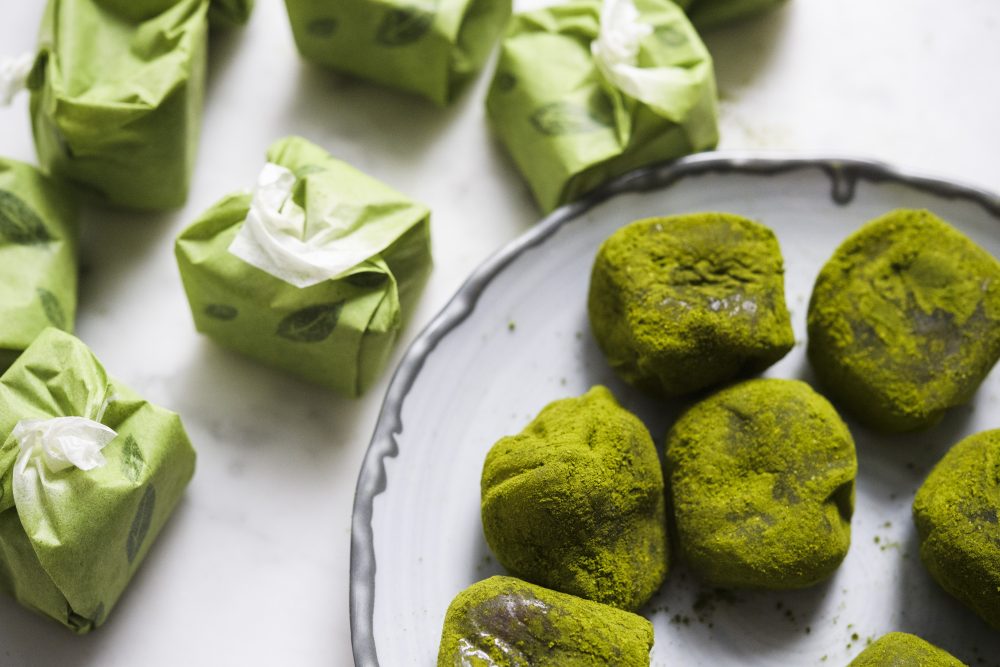Greece’s Ice Cold Cappuccino
In Greece, espresso is taken almost as seriously as in Italy, except they prefer to drink it cold and frothy. Your choices are freddo (chilled) espresso or freddo cappuccino, the latter topping the former with a thick froth of cold milk. Either way, it's a rich and refreshing brew typically sipped by straw from a tall glass. To make freddo espresso, combine a double shot of espresso with a cup of ice in a blender or cocktail shaker (with sugar, if desired). Blend briefly or shake vigorously, just until the ice is broken and the espresso is well chilled. Strain into a tall glass. For freddo cappuccino, combine ½ cup cold low-fat milk and 1 ice cube in a 12- to 16-ounce jar with a tight-fitting lid (a canning jar is ideal). Cover and shake vigorously until the ice is nearly dissolve and the milk is thick and foamy. Pour over the freddo espresso.
A Brief History of Spanish Pocket Knives
Arcos Hermanos has been making knives in Spain for nearly three centuries. The original artisans made them at home and sold them using special wooden display shelves that hung from their necks. The original knives weren't quite what we'd consider pocket knives. Some were long and fit into a boot for concealment. Others had holes in the blade, designed to trap poison. Over time, those knives evolved into more recognizable forms, which people carried because knives weren't supplied at the dining table. During a recent visit to the Arcos factory, they showed us one of their more modern pocket knife designs. And we loved visiting their Municipal Cutlery Museum in Albacete, Spain.


The Sour Power of Dried Limes
Bracingly tart dried limes (limu omani) are a common souring agent in Persian cooking. Simmered in brine, then smoked or dried in the sun, the small, shriveled limes are rock-hard, but can be used whole simmered in soups, stews and sauces to add a potent citrus flavor. They are also often crushed and ground to a sour powder that can be stirred into spice rubs and dressings, or dusted over vegetables. We particularly liked them halved and simmered in a pot of lentil soup, where they added a pleasant, but subtle flavor that reminded us of preserved lemons. We also liked mixing ½ teaspoon of the powder to a simple lemon vinaigrette.
From Almonds, Honey and Argan Comes Amlou
In Morocco, thick, round flatbreads known as khobz are used in lieu of silverware, scooping up stews, grilled meats, salads and—our recent favorite—a savory-sweet dip called amlou. Amlou is made by pureeing almonds, honey and argan oil, a nutty, smoky oil that is Morocco's answer to extra-virgin olive oil. Neither overly sweet nor strongly nutty, amlou has a richness that had us dipping again and again. Argan oil is hard to get in the U.S., but we found olive oil a good substitute. Process 1½ cups toasted blanched slivered almonds with 1 teaspoon kosher salt for 2½ minutes, or until a smooth nut butter forms. Pulse in 2 tablespoons honey. With the processor running, stream in 7 tablespoons olive oil. Use for dipping bread, or add less oil to form a thicker paste and use as a sandwich spread. Refrigerate leftovers for up to a month. Bring to room temperature before serving.


Japan’s Artful Sweets: Wagashi
In the basement food hall of Takashimaya Department Store in Tokyo—a larger, Asian take on Harrods—we were entranced by the numerous treats: individually wrapped fish, chrysanthemum flowers (to be steamed and eaten), kombu seaweed, new hybrids of supersweet strawberries and, of course, healthy Japanese sweets called wagashi. Of the latter, there were many—wafer cookies called fukuwatashi senbei (a sort of large, high-fashion Oreo); peach-flavored jellies; dried stuffed persimmon candies; green tea sponge cakes; and our favorite, mochi. Mochi are chewy filled balls made from rice powder dough. Maacha mochi are covered in a green tea powder (maacha) and filled with sweet red bean paste. They are available at Asian grocers and online at Minamoto Kitchoan: kitchoan.com.
Q: “I have recently developed a dairy intolerance. I love to bake and I realize there are a lot of recipes I am missing out on because I can’t have dairy. Specifically, my favorite cake was a wonderful yellow cake that has a ganache frosting. Is there a way to make the ganache non-dairy? And what about dairy alternatives in soups and pastas?” — Julie Jones, Fort Collins, Colorado
Cooking with non-dairy milks rarely is as simple as an even substitution. We tested eight milks—almond, rice, soy, coconut, hemp, oat, almond and cashew—in both baking and savory recipes. For yellow cake, almond and oat milks were best; the others—hemp in particular—imparted off flavors and dense textures. In ganache, we liked almond (1 cup chocolate to ¾ cup simmering almond milk), though canned coconut milk (not the variety you drink) was a close second. For cream-based soups, none did well. We preferred canned coconut milk for its richness and body. We also didn't care for them in cream-based pasta sauces. Instead, we used a trick from vegan cooking—cashew cream. Make it by soaking 1 cup raw cashews in cold water overnight (refrigerated) or boiling water for 1 hour. Drain, then blend for 2 to 3 minutes, adding ½ cup water with the blender running, until smooth. This blend worked well subbed for heavy creamy in vodka sauce recipes and mixed at a 1:4 ratio with jarred marinara for a rich pasta sauce (you may need to thin it with pasta cooking water). Or for a simple dinner, mix ¾ cup cashew cream with 1 tablespoon each lemon zest and juice, and ½ cup chopped fresh herbs (we liked chives and parsley), then toss with 12 ounces of linguine. Cashew cream can be refrigerated for three days.



